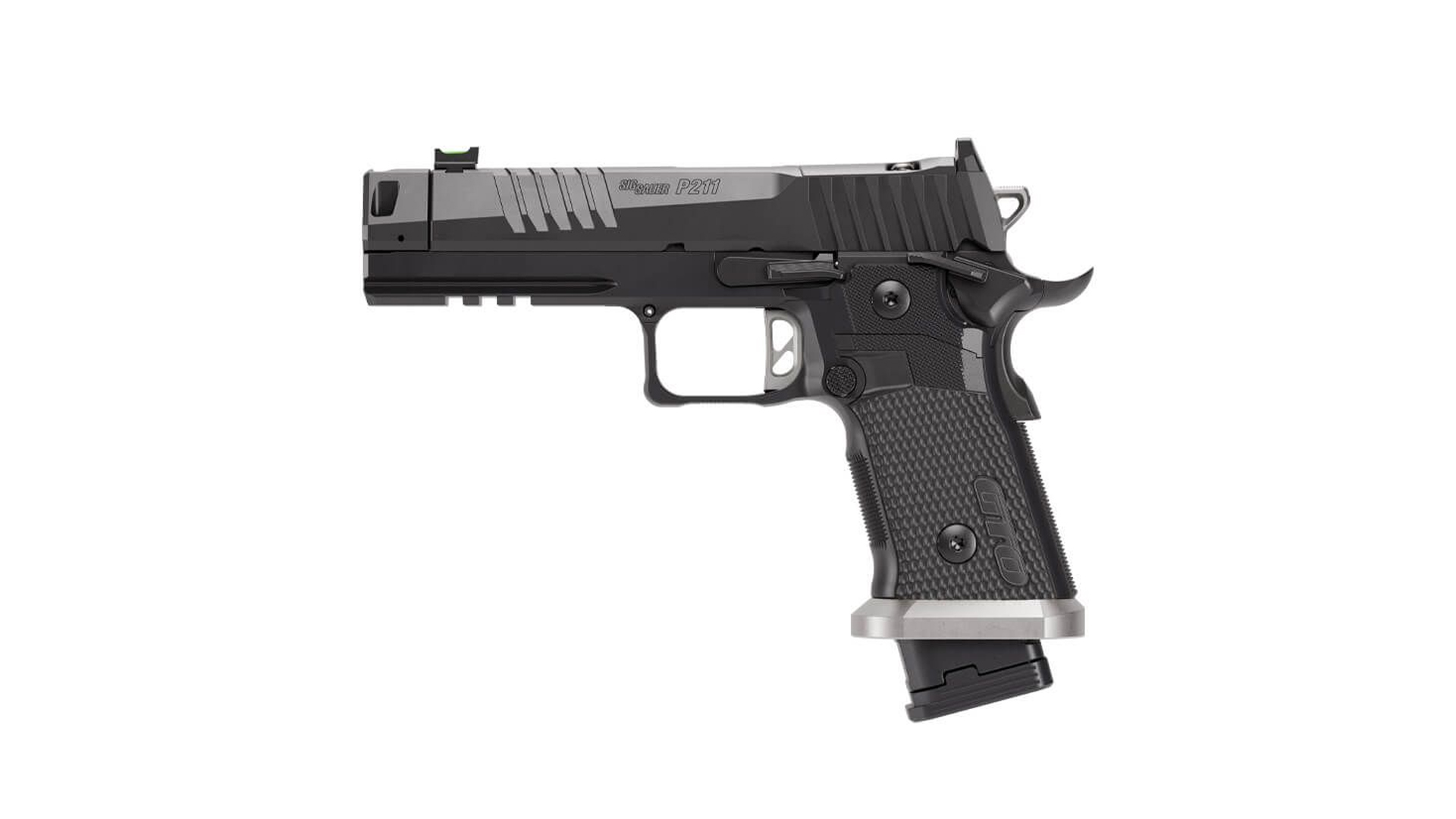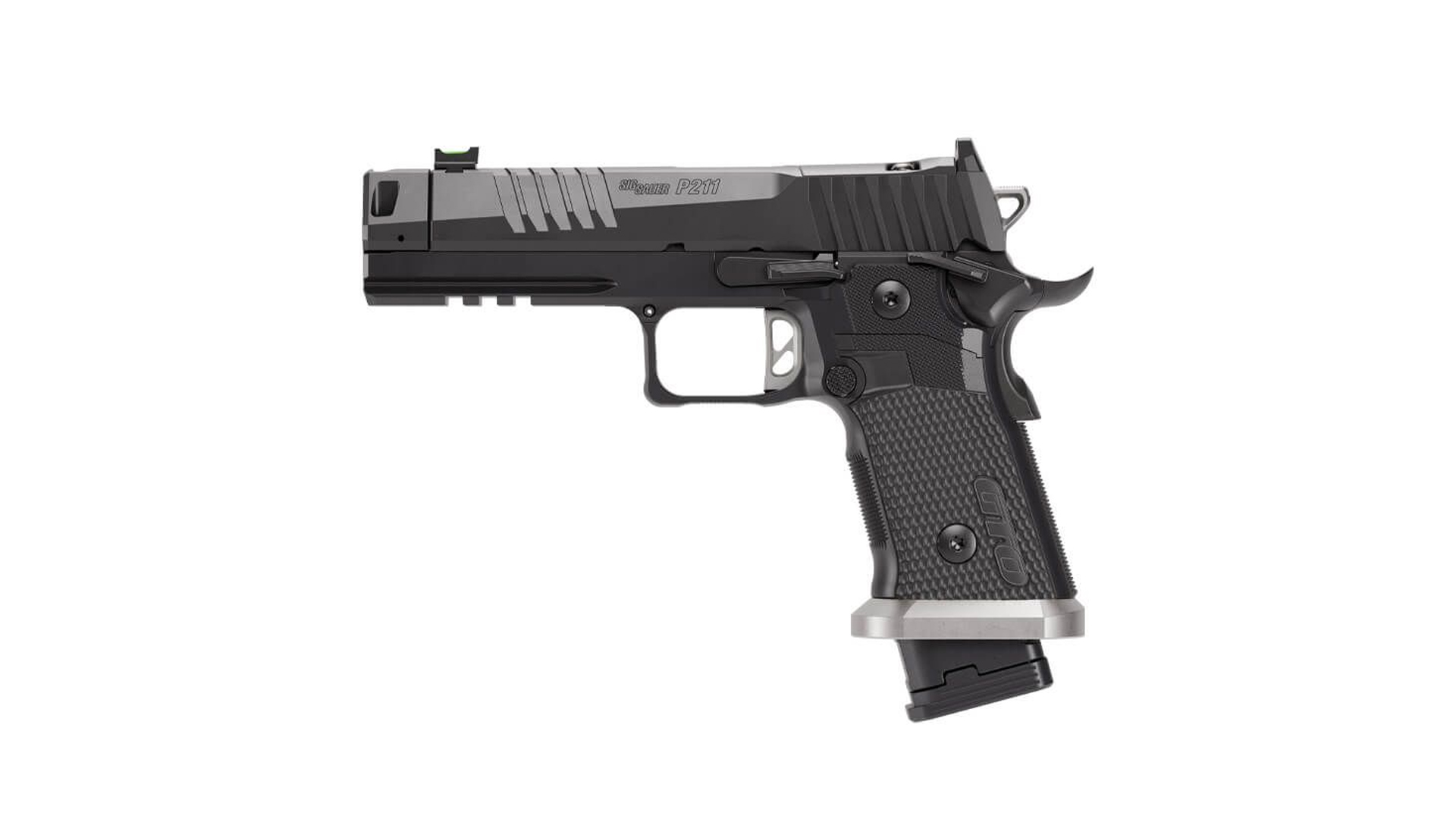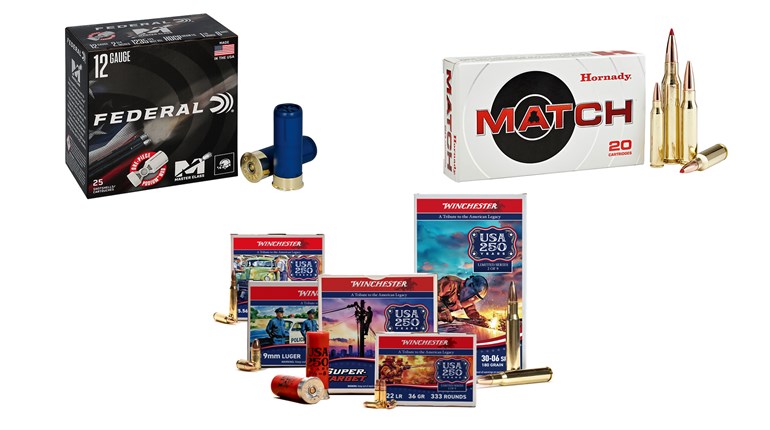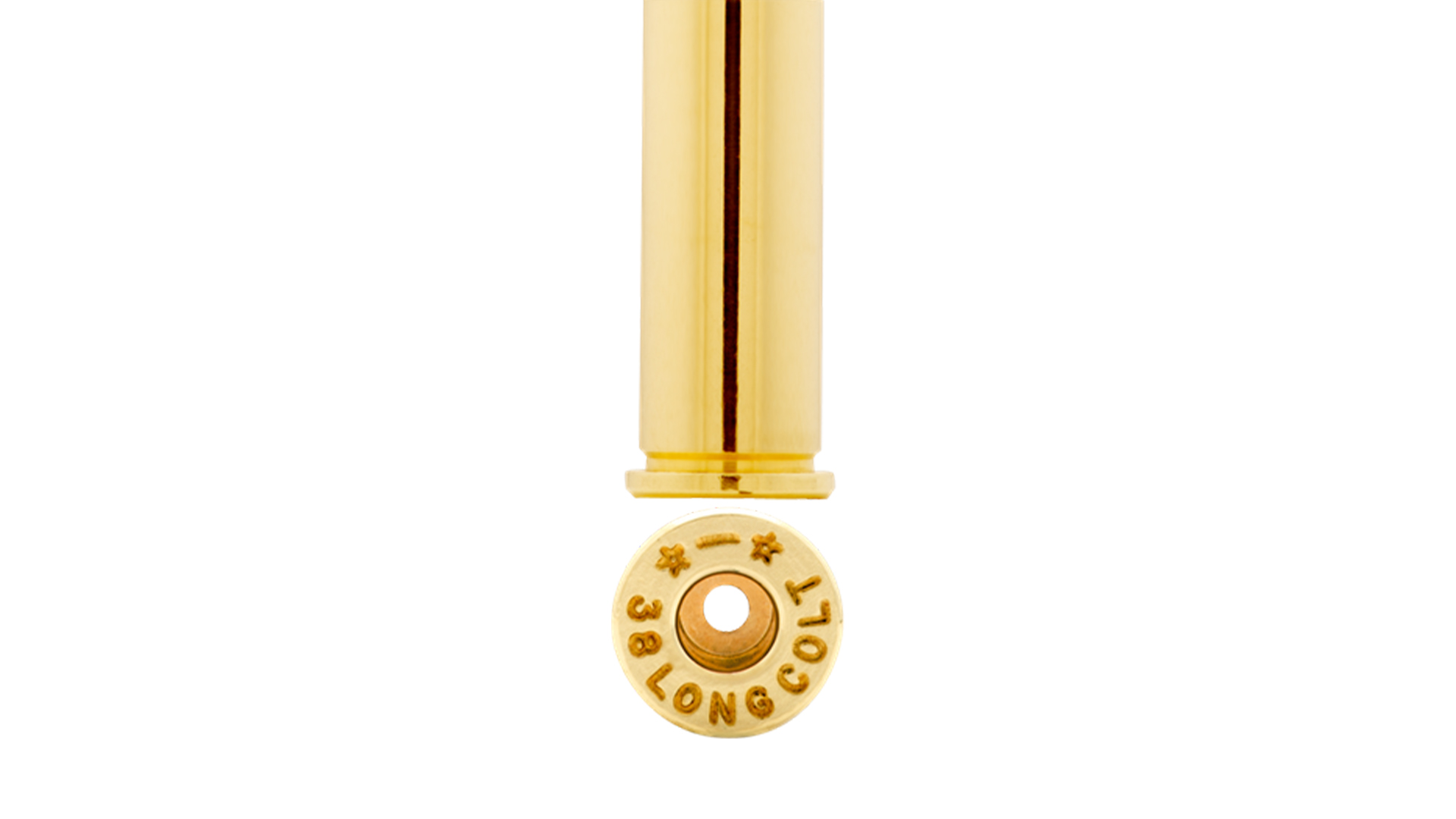
WARNING: All technical data in this publication, especially for handloading, reflect the limited experience of individuals using specific tools, products, equipment and components under specific conditions and circumstances not necessarily reported in the article and over which the National Rifle Association (NRA) has no control. The data has not otherwise been tested or verified by the NRA. The NRA, its agents, officers and employees accept no responsibility for the results obtained by persons using such data and disclaim all liability for any consequential injuries or damages.
Competitive shooters, whether USPSA, IDPA, Steel Challenge, ICORE or Bianchi Cup-style Action Pistol, have found the accuracy, modest recoil and ease of handloading make the .38 Spl. the revolver cartridge of choice. But there’s a drawback to the round.
The .38 Spl.’s Achilles heel is that its 1.155-inch case length prevents a full ejector rod stroke from completely removing the empty cases from the chambers. Even with the .357 Magnum revolvers commonly used in competition there will be about 1/8-inch of case left in the chamber. Gravity has to play a role in getting that last bit of case out and onto the ground, and sometimes gravity fails to participate. Manufacturing machine marks in the chambers, powder fouling or a case split (whether neck or side) can rule the gravity factor out. That leaves shooter juggling their loading device in the same hand that’s trying to extract the reluctant case, which doesn’t always work as well as hoped.
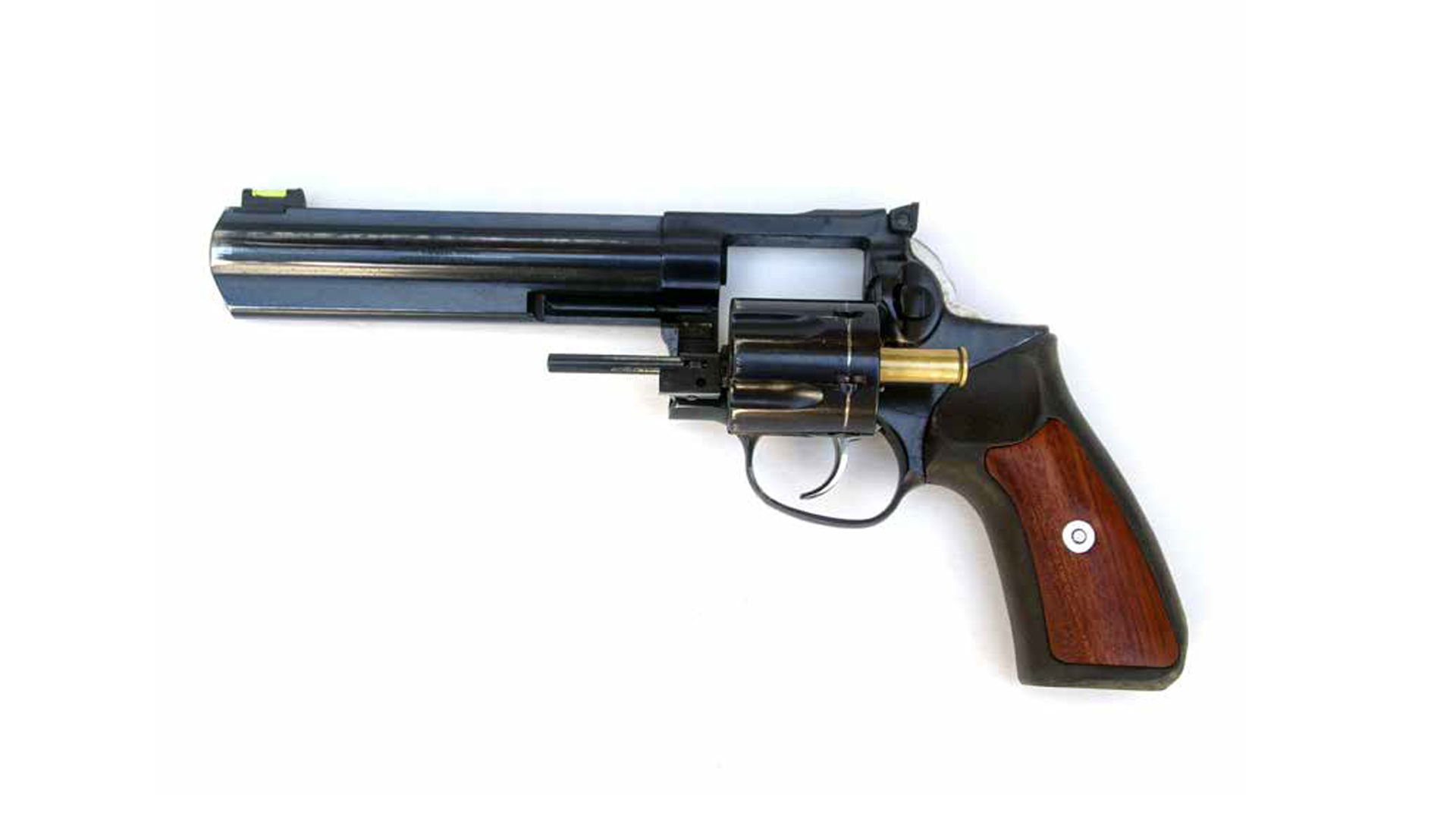
Ejecting empty cases is half the reloading process and it’s all on the clock. Competitive shooters are always looking for an edge and some are finding the .38 Short Colt a solution to the ejection issue. The .38 Short Colt was introduced in 1875 and is identical to the .38 Spl., except for its 0.761-inch cartridge length. That’s only 0.007-inch longer than a 9 mm and the cases literally shoot out of the cylinder on ejection. The .38 Short Colt can be fired in any .38/.357 chamber.
Handloading the .38 Short Colt is not difficult. It can be done with a combination of .38 Spl. and 9 mm dies, or .38 Short Colt dies are available. Working up a load is a different matter, and load manual data is useless. That data is set for the low pressures accepted by the obsolete, no longer made .38 Short Colt guns originally chambered for it. Their velocities won’t get anywhere close to the Power Factors (PF) competitors need to make.
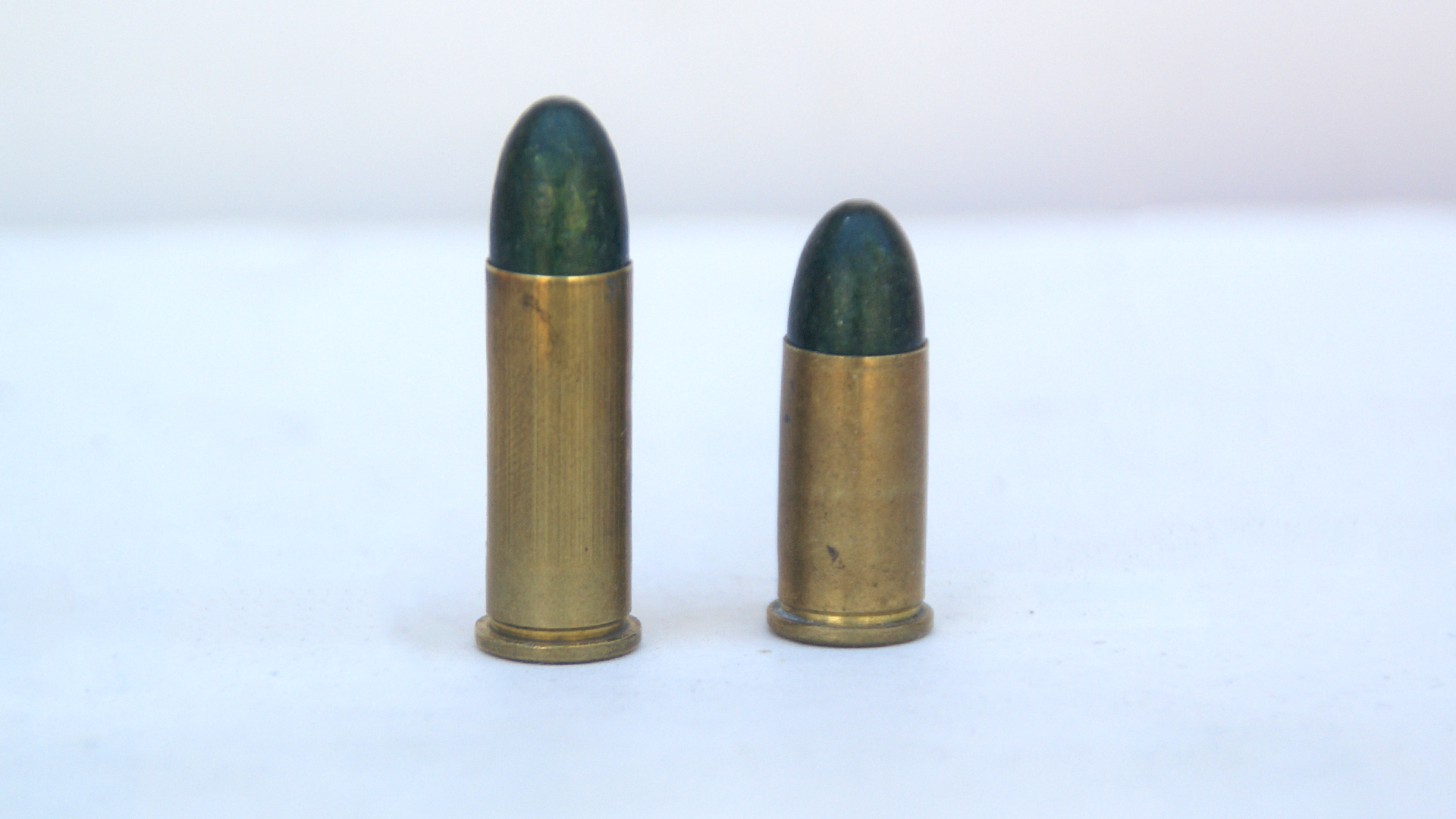
The .38 Short Colt is not legal in IDPA, and Steel Challenge has no Power Factor requirement. But it’s a fact of life for shooters. ICORE and Action Pistol require a 120 PF. Most shooters will load to about 124 to 125 to account for chronograph and temperature variations. USPSA requires 125 PF, which means about 129 to 130 PF.
This is easy with a .38 Spl. case. SAAMI specs rate the .38 Spl. at 17,000 p.s.i., with .38+P at 20,000 p.s.i. The .357 Magnum is rated for 35,000 p.s.i. and most competitors shoot .357 guns. A 120 PF is easily made with a 158-grain bullet at 760 f.p.s. and is well within .38 pressure. A 125 PF needs 795 f.p.s. and is on the threshold of +P pressure. A 130 PF is in the lower-+P range. None of these loads are even close to .357 maximum pressures.
That’s not the case with the .38 Short Colt.
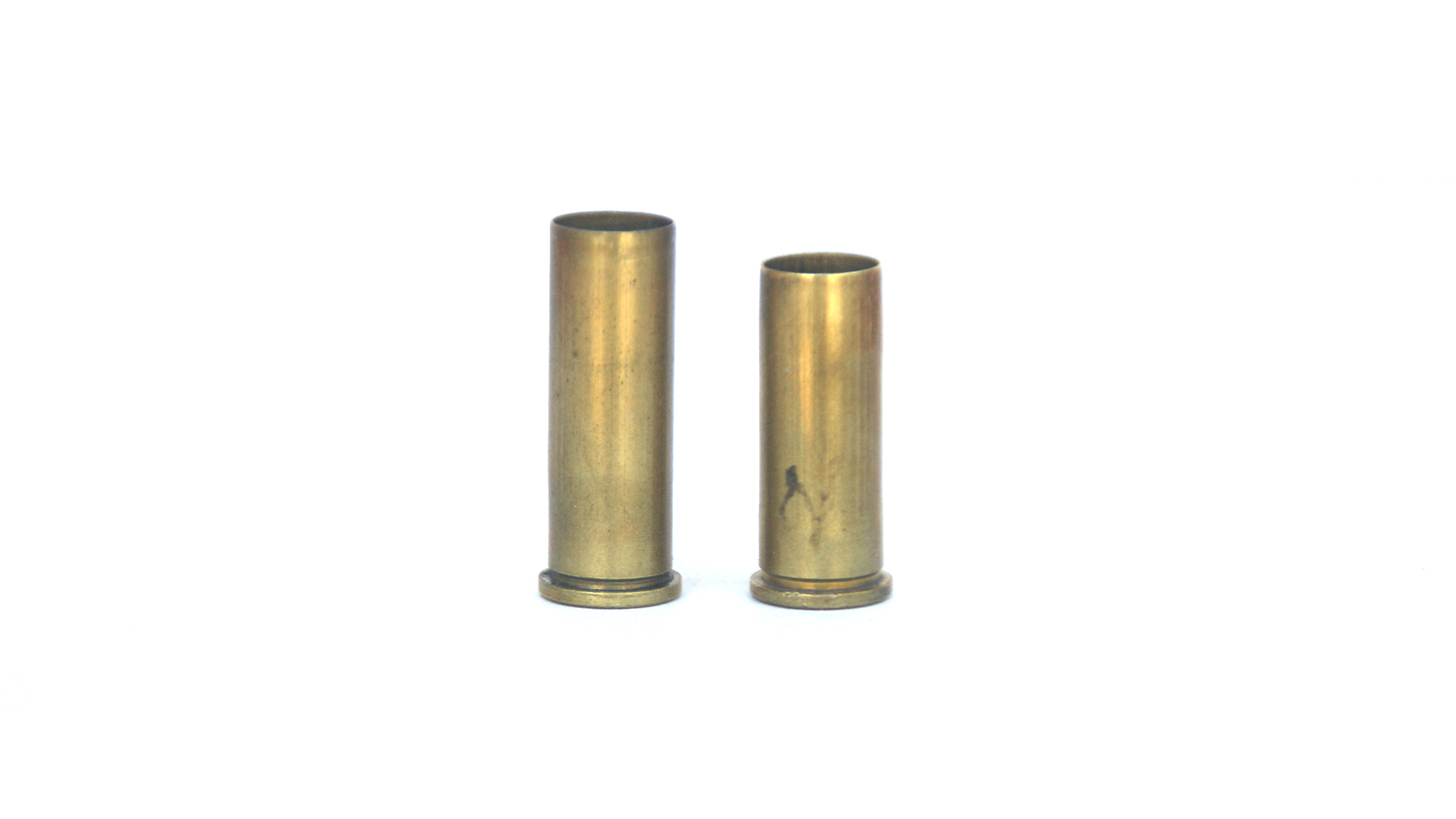
The reduced internal case volume of the .38 Short Colt makes it little more than a rimmed 9 mm. As Brad Miller points out in his excellent article on reloading the .38 Short Colt, achieving the required power factors will result in 9 mm pressures. SAAMI rates the 9 mm at 35,000 p.s.i. and 9 mm +P at 38,500 p.s.i. Many .38 Short Colt loads making PF will approach or exceed .357 Magnum pressures. In fact, the leading manufacturer of .38 Short Colt brass—Starline—does not recommend loading .38 Short Colt brass to these levels, and warns shooters that do to be on the lookout for pressure signs like sticky case extraction, flattened primers or primers flowing into the primer hole. History has also shown that extended use of full-pressure .357 Mag. loads in .357 revolvers can result in flame cutting of the top strap, cylinder throat erosion, forcing cone damage, significantly reduced cartridge case life and excessive wear on the gun. Competitive shooters run a lot of rounds.
Some shooters have decided the .38 Short Colt’s ejection advantage doesn’t override the high pressure disadvantage. That’s why many are taking a look at the long-neglected .38 Long Colt.
The .38 Long Colt is just as obsolete as the .38 Short Colt, but longer in length. It will fire in any gun chambered for .38/.357. Quality .38 Long Colt brass is made by Starline.
The .38 Long Colt is about 1/8-inch shorter than the .38 Spl., which removes the portion of that case that hangs in the chamber. It’s legal everywhere the .38 Short Colt is. I’ve fired thousands of them in ICORE competitions and cannot remember a single time a full stroke on the ejector rod didn’t shoot them from the cylinder. They eject as quickly as the .38 Short Colt, but don’t suffer from its pressure issues.
The .38 Long Colt’s 1.031-inch length is 0.27-inch longer than the .38 Short Colt. That additional internal volume allows the .38 Long Colt to operate within .38 Spl. pressures and stay well below the 35,000+ pressure of the .38 Short Colt. It’s much kinder to the gun.
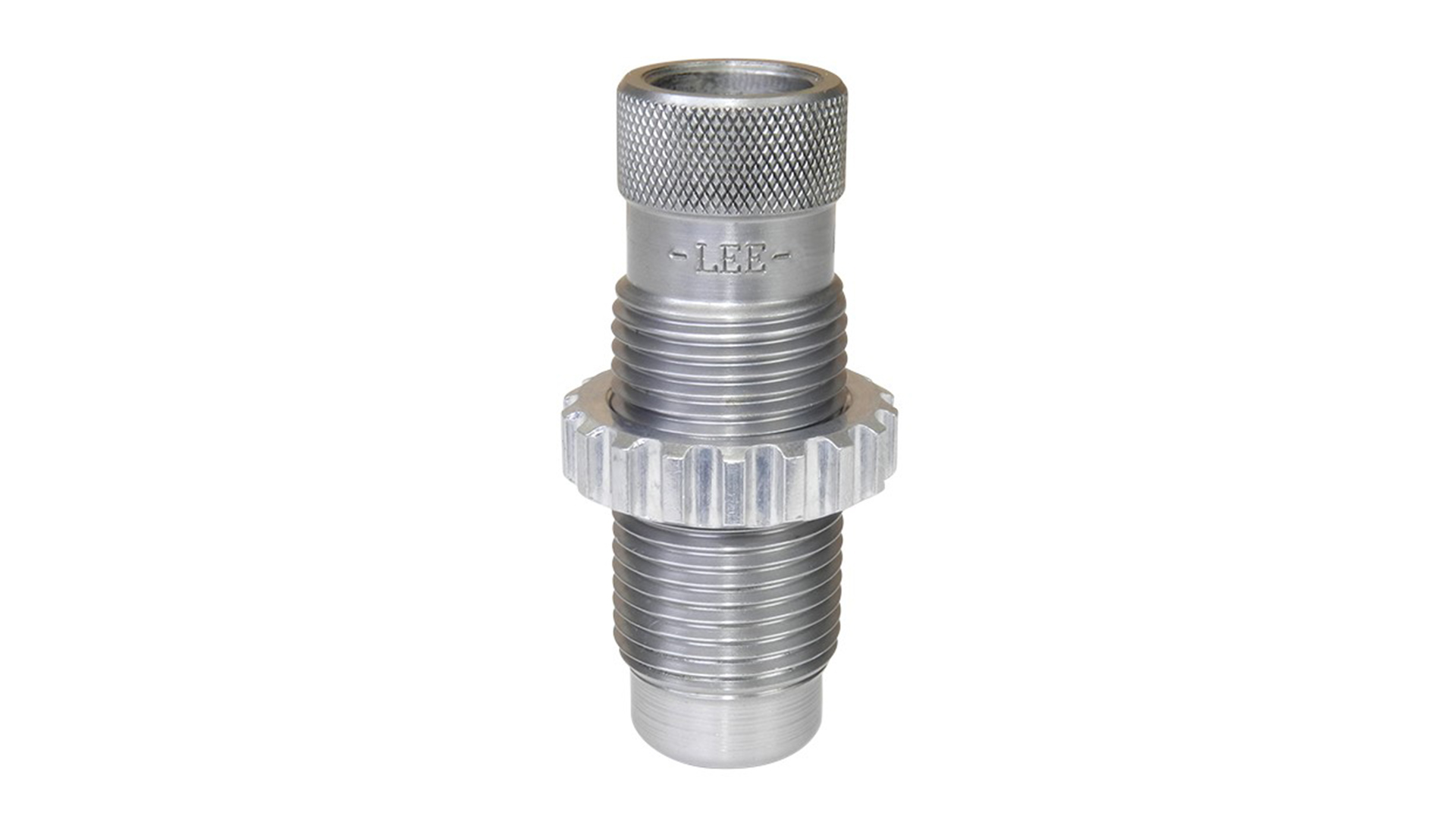
It’s also as simple to reload as the .38 Short Colt. Depriming, resizing and bullet seating is done with .38 Spl. dies. Those won’t dial down enough to bell the case, but Lee Precision has an inexpensive through powder belling die that will. Many .38 Spl. dies won’t dial down enough to roll crimp; however, Lee Precision also has a full die set (which will also load .38 Short Colt). I prefer a taper crimp since my previous research has shown it doubles case life over roll crimping. I have .38 Long Colt cases that are on their 25th reload and still going strong. A 9 mm/.38 taper crimp die adjusts to taper crimp the .38 Long Colt.
Working up a Power Factor load is even easier. Shooters need only take their existing .38 Spl. load, reduce it by 0.4-grains, check velocity and adjust from there. Those adjustments will likely be slight.
The .38 Long Colt can provide the best of both worlds for competitive shooters—.38 Short Colt ejection speed and .38 Spl. pressures. That’s the reason savvy revolver shooters shouldn’t overlook the Long Colt.











